Yoga Blog
Exploring the Concept of Moksha: Achieving Liberation Through Your Yoga Practice
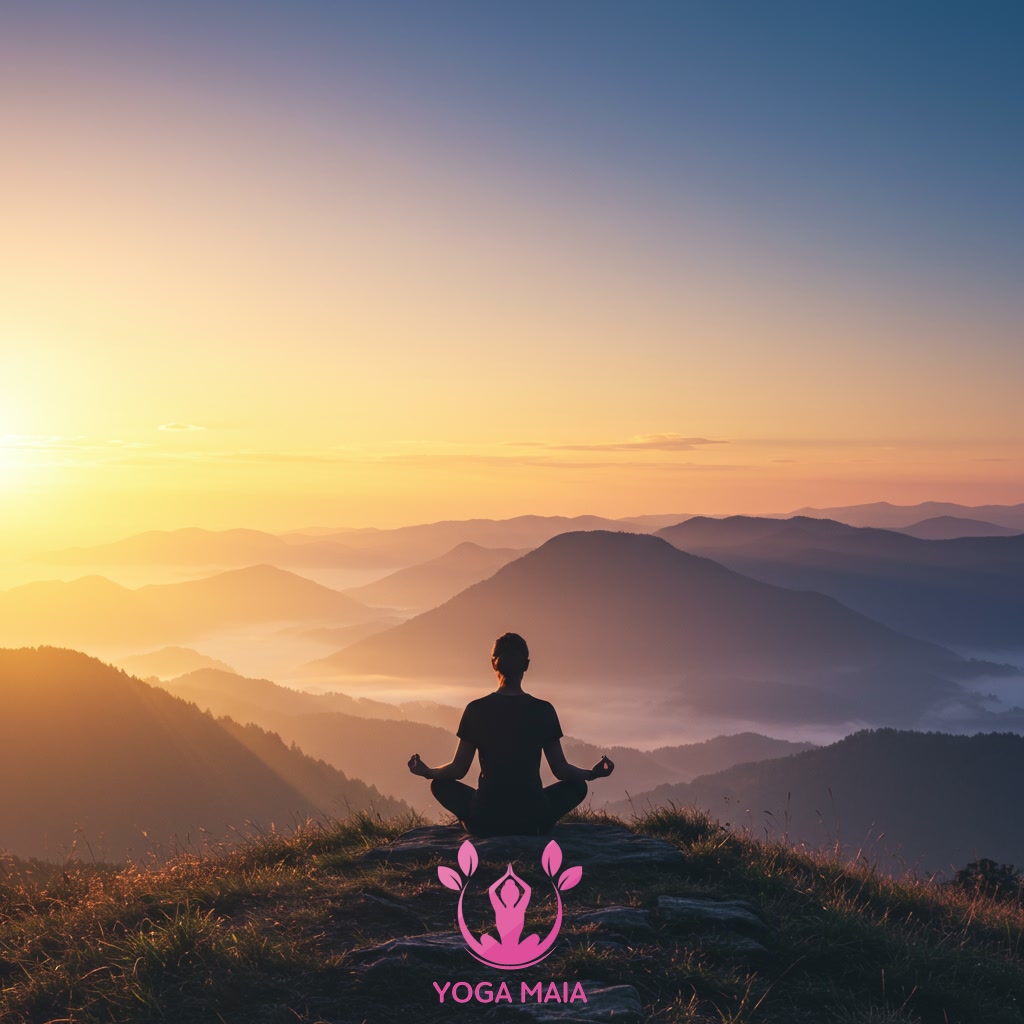
This content explores the concept of Moksha, which represents liberation. It delves into how the practice of yoga serves as a path or method for individuals to potentially achieve this state of liberation. The discussion covers the principles and techniques within yoga that contribute to spiritual freedom and release. It highlights the role of dedicated yoga practice in the journey towards ultimate liberation.
Table of Contents
- Section 1: Understanding Moksha: The Concept of Liberation
- Section 2: The Spiritual Foundation of Yoga
- Section 3: Yoga as a Path Towards Moksha
- Section 4: Key Yogic Practices for Inner Freedom (Asana, Pranayama, Meditation)
- Section 5: Cultivating Mindfulness and Detachment Through Yoga
- Section 6: Integrating Yoga into Daily Life for Lasting Liberation
Section 1: Understanding Moksha: The Concept of Liberation
Moksha, often translated as liberation or spiritual release, holds a central place in various Indian philosophical traditions, including the foundational principles that inform yoga. At its core, Moksha signifies freedom from the cycle of birth, death, and rebirth (samsara) and the inherent suffering associated with it. It represents the ultimate goal: a state of profound spiritual emancipation where the individual ego dissolves, leading to the realization of pure consciousness and bliss. Understanding Moksha involves recognizing that this liberation is not merely a post-mortem state but can potentially be experienced within one’s lifetime through deep spiritual insight and dedicated practice. It is the ultimate release from all forms of bondage and the attainment of absolute freedom.
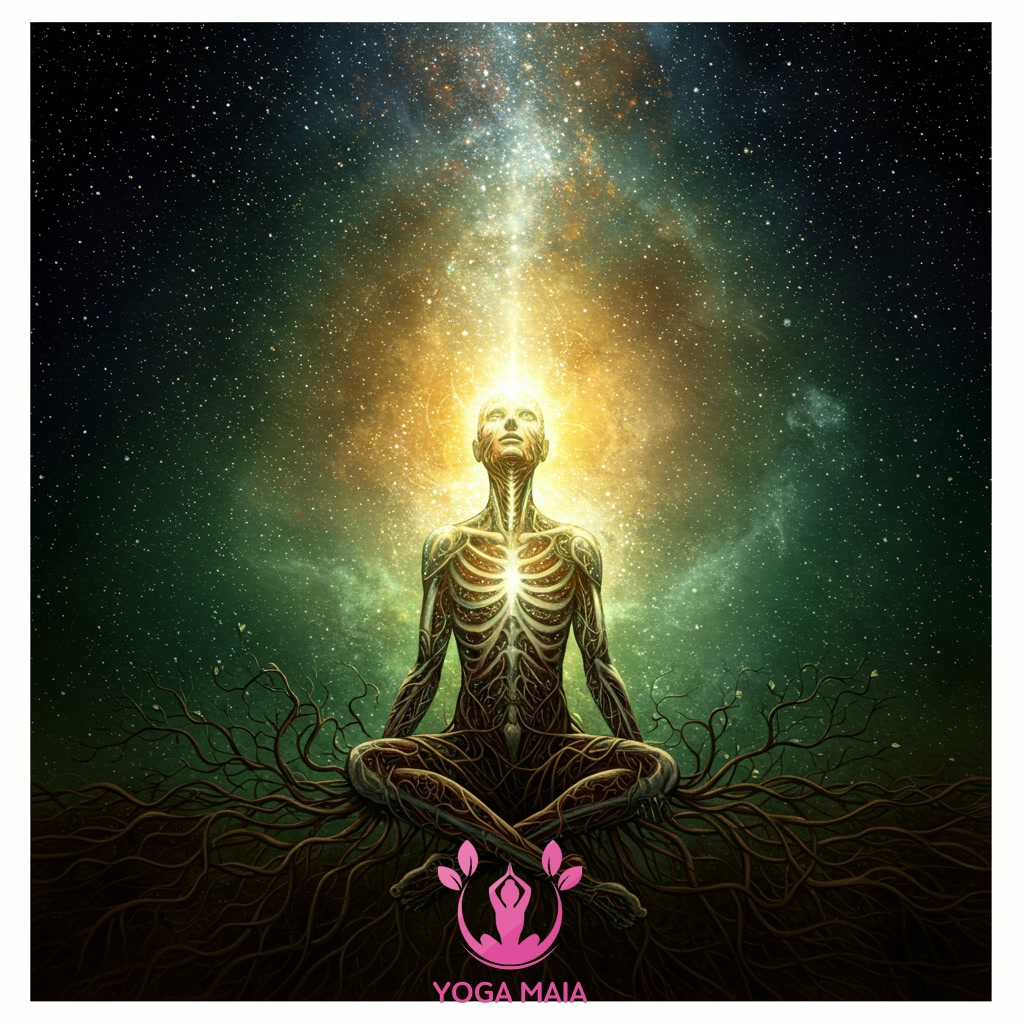 Understanding Moksha: The Concept of Liberation
Understanding Moksha: The Concept of Liberation
Section 2: The Spiritual Foundation of Yoga
Beyond its popular perception as merely a physical exercise system, yoga is deeply rooted in ancient Indian spiritual philosophy. Its origins lie in the pursuit of union – union of the individual consciousness with the universal consciousness, or the realization of the true self. This spiritual dimension is the very foundation upon which all practices, including asana (postures), pranayama (breath control), and meditation, are built. These techniques are not ends in themselves but tools designed to purify the mind and body, quiet the fluctuations of thought, and ultimately pave the way for spiritual insight and liberation (Moksha). Understanding this spiritual basis is crucial to appreciating the full transformative potential of yoga, guiding practitioners towards a journey inward rather than just outward physical achievement.
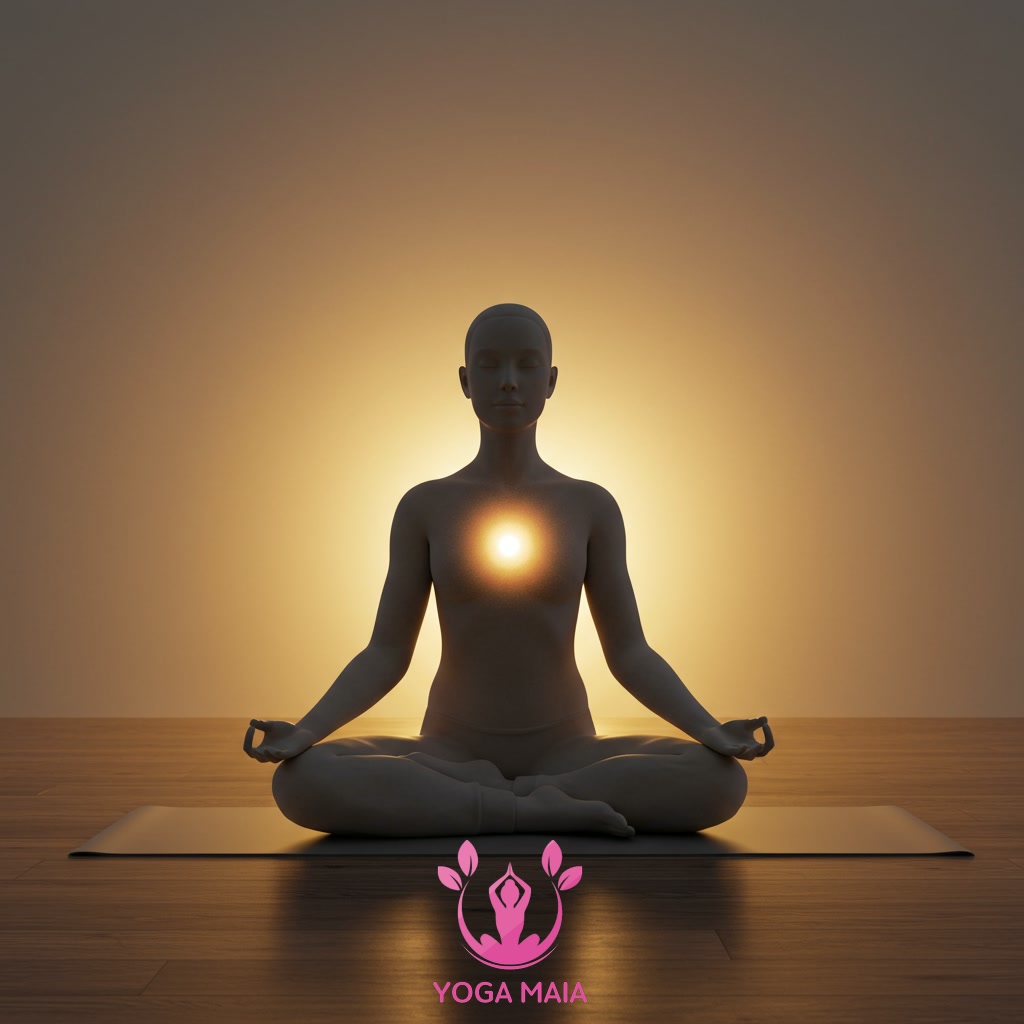 The Spiritual Foundation of Yoga
The Spiritual Foundation of Yoga
Section 3: Yoga as a Path Towards Moksha
Building upon the understanding that yoga is fundamentally about union and spiritual connection, this section explores how its practices serve as a tangible path towards Moksha, the ultimate liberation. Yoga provides a structured methodology, encompassing not just physical postures (asana) and breath control (pranayama), but also ethical disciplines (yamas and niyamas), concentration (dharana), meditation (dhyana), and ultimately, a state of profound absorption (samadhi). Through consistent and dedicated practice of these limbs, the practitioner gradually purifies the mind, quiets the fluctuations of thought, and dissolves the sense of a separate, limited self. This process fosters detachment from worldly suffering, cultivates inner peace, and deepens self-awareness, creating the conditions necessary for the individual consciousness to realize its true, unbound nature and potentially attain the state of liberation from the cycle of suffering and rebirth.
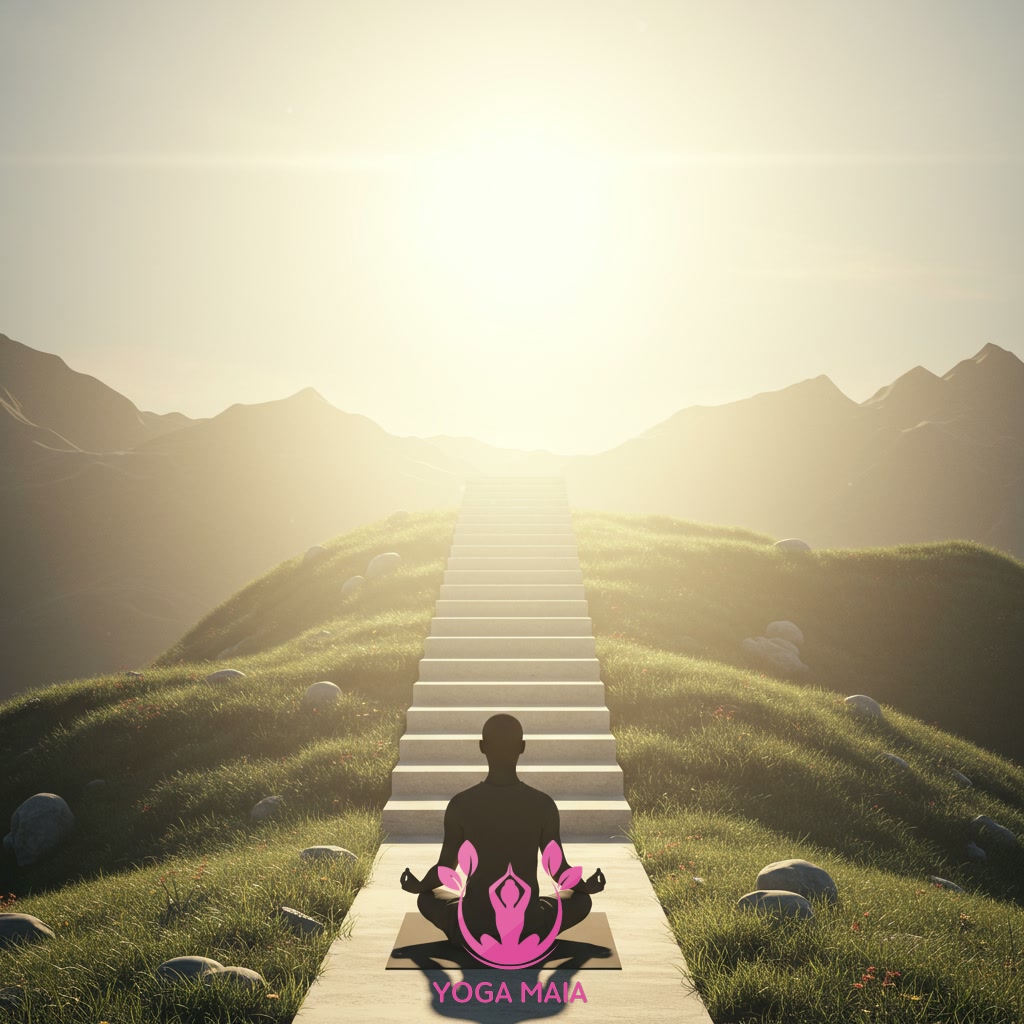 Yoga as a Path Towards Moksha
Yoga as a Path Towards Moksha
Section 4: Key Yogic Practices for Inner Freedom (Asana, Pranayama, Meditation)
Building upon the understanding that yoga is fundamentally about union and spiritual connection, this section explores how its practices serve as a tangible path towards Moksha, the ultimate liberation. Key among these are Asana (physical postures), Pranayama (breath control), and Meditation. Asana practice helps to purify and stabilize the physical body, removing blockages that distract the mind. Pranayama techniques regulate vital energy through breath, calming the nervous system and enhancing mental clarity. Finally, Meditation cultivates single-pointed focus and deep introspection, allowing one to observe thoughts and emotions without attachment, fostering a sense of inner stillness and freedom. Collectively, these core yogic disciplines quiet the external noise and internal chatter, preparing the practitioner to transcend identification with the temporary self and move closer to the realization of true, unbounded liberation.
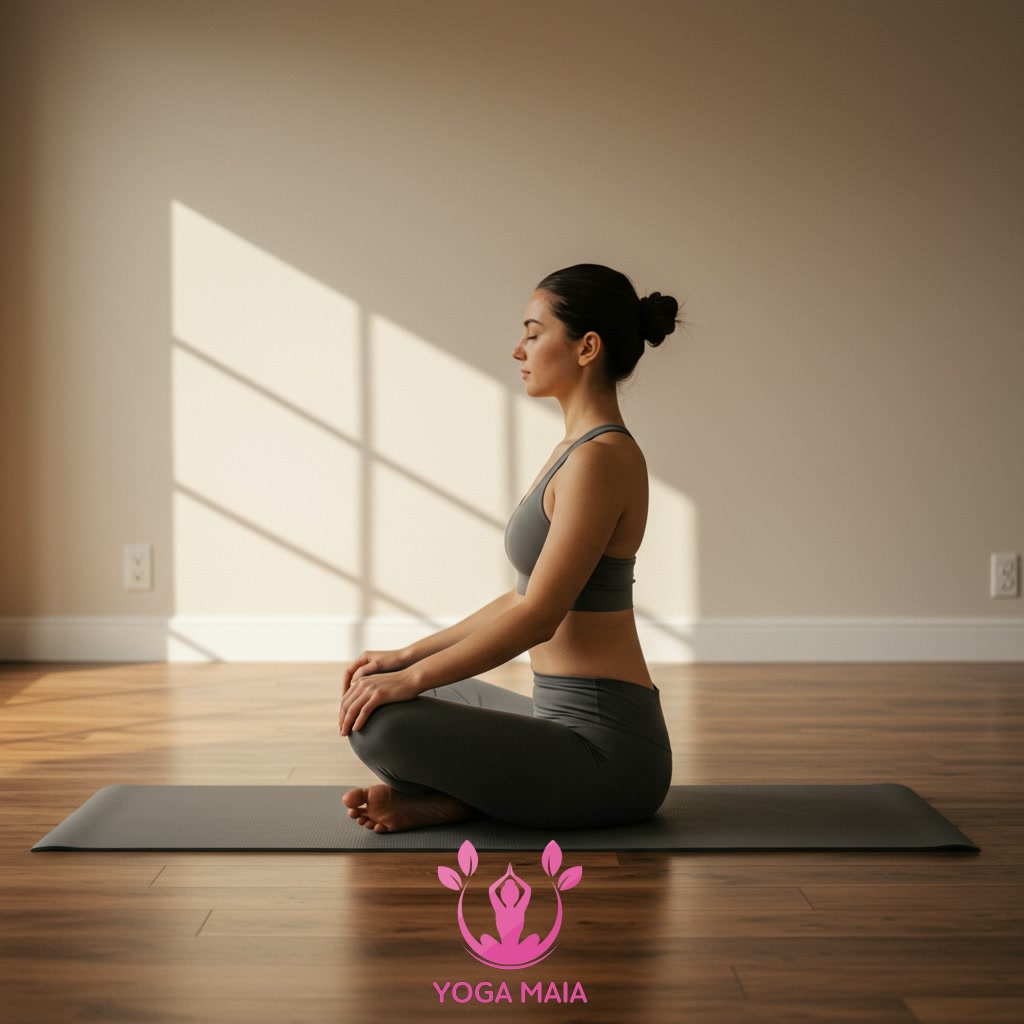 Key Yogic Practices for Inner Freedom (Asana, Pranayama, Meditation)
Key Yogic Practices for Inner Freedom (Asana, Pranayama, Meditation)
Section 5: Cultivating Mindfulness and Detachment Through Yoga
Building upon the understanding that yoga is fundamentally about union and spiritual connection, this section explores how its practices serve as a tangible path towards Moksha, the ultimate liberation. Cultivating mindfulness and detachment are cornerstone practices within this journey. Through focused breathwork (Pranayama) and physical postures (Asana), practitioners learn to anchor their awareness in the present moment, observing thoughts, emotions, and physical sensations without judgment or attachment. This non-reactive observation fosters detachment (Vairagya), the ability to witness the fluctuations of the mind and external circumstances without becoming entangled or identified with them. By consistently practicing presence and letting go of clinging to transient experiences, yoga helps to dismantle the mental conditioning that causes suffering, paving the way for a deeper sense of freedom and inner peace, essential steps on the path to liberation.
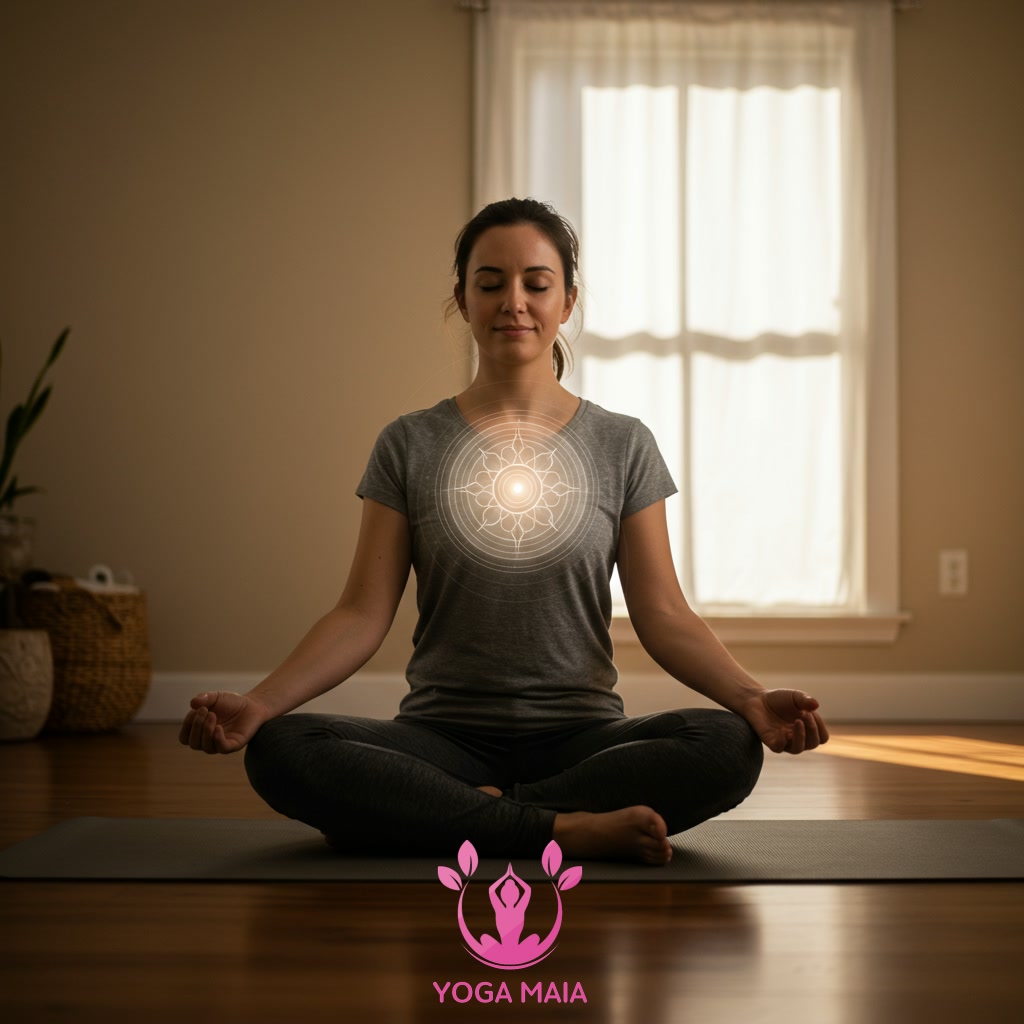 Cultivating Mindfulness and Detachment Through Yoga
Cultivating Mindfulness and Detachment Through Yoga
Section 6: Integrating Yoga into Daily Life for Lasting Liberation
Building on yoga as a path, truly achieving lasting liberation, or Moksha, requires weaving its principles beyond the mat and into the fabric of daily existence. This isn’t just about physical postures; it’s about cultivating mindfulness, compassion, and equanimity in interactions, decisions, and even mundane tasks. Integrating yoga means applying the Yamas (ethical restraints) and Niyamas (observances) in your relationships and personal conduct, practicing presence through breath awareness during stress, and finding moments for meditation or quiet reflection amidst busy schedules. By consistently embodying these practices, yoga transforms from a discrete activity into a way of being, fostering inner peace and detachment from transient worries, thereby solidifying the journey towards enduring spiritual freedom.
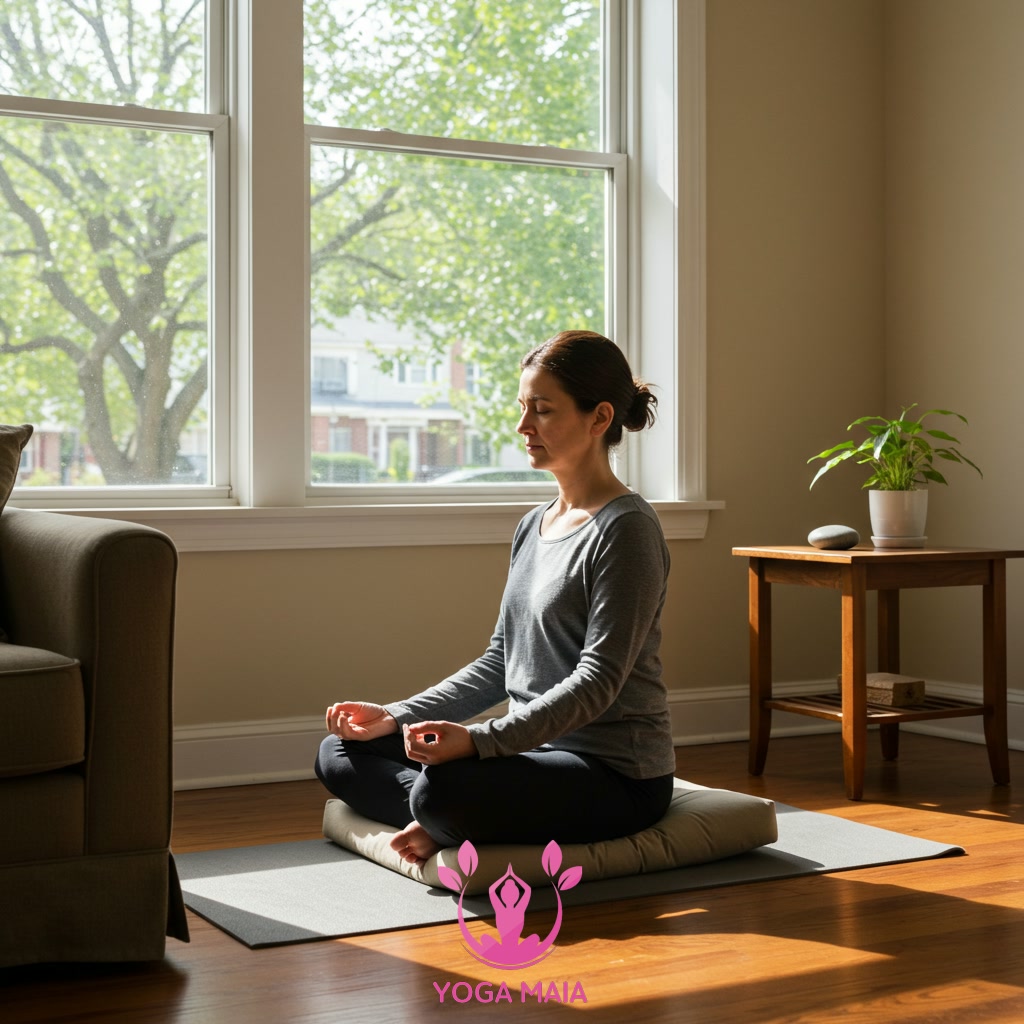 Integrating Yoga into Daily Life for Lasting Liberation
Integrating Yoga into Daily Life for Lasting Liberation
